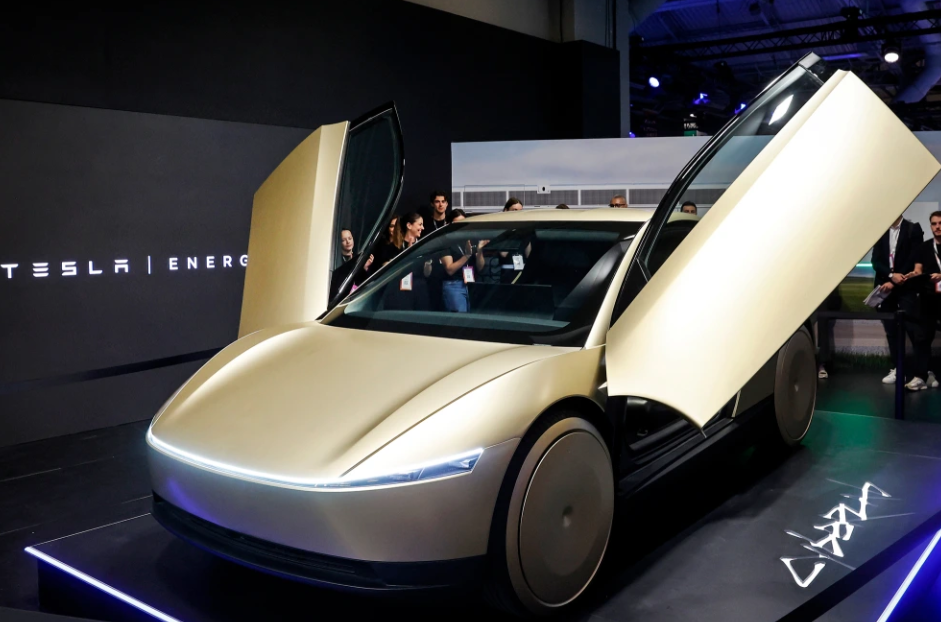By Mickey Miller, CEO, Vislink
When most headlines dive into Elon Musk’s new performance pay package, they focus on whether he should receive such a massive reward. We’ll leave that debate to the Tesla shareholders. Instead, let’s look at the concrete milestones he has to hit, because within those targets lie clues to a roadmap to the future of technology.
Elon’s pay package is anchored to specific, ambitious goals over the next decade: delivering 20 million vehicles, deploying 1 million robotaxis and humanoid robots, and driving AI-powered autonomy into everyday life. If he’s betting his compensation on hitting these milestones, he’s essentially saying a world full of autonomous systems and AI-driven decision-making is more than a possibility – it is in inevitability.

Tesla’s Robotaxis will be a very visible sign of progress in the deployment of AI-led technology.
That vision has direct parallels to what we’re seeing across many of the industries Vislink serves. Whether it’s autonomous air vehicles delivering live intelligence to command centers, or defense teams operating connected systems across land, sea, and air, the key enabler is the same: high-performance connectivity and real-time video capability.
Just as autonomy in transportation depends on reliable, low-latency networks and continuous data flow, so too do our customers’ operations. The next decade of innovation won’t just be defined by AI; it will be defined by how effectively humans, machines, and data communicate.
At Vislink, that’s exactly where we’re focused: building the solutions that enable the flow of real-time information across autonomous and human-driven systems alike.
So yes, Musk’s roadmap might forecast the next consumer revolution, but the same forces are reshaping the mission-critical and live production worlds today. And that’s where Vislink continues to innovate – at the intersection of connectivity, autonomy, and intelligence.